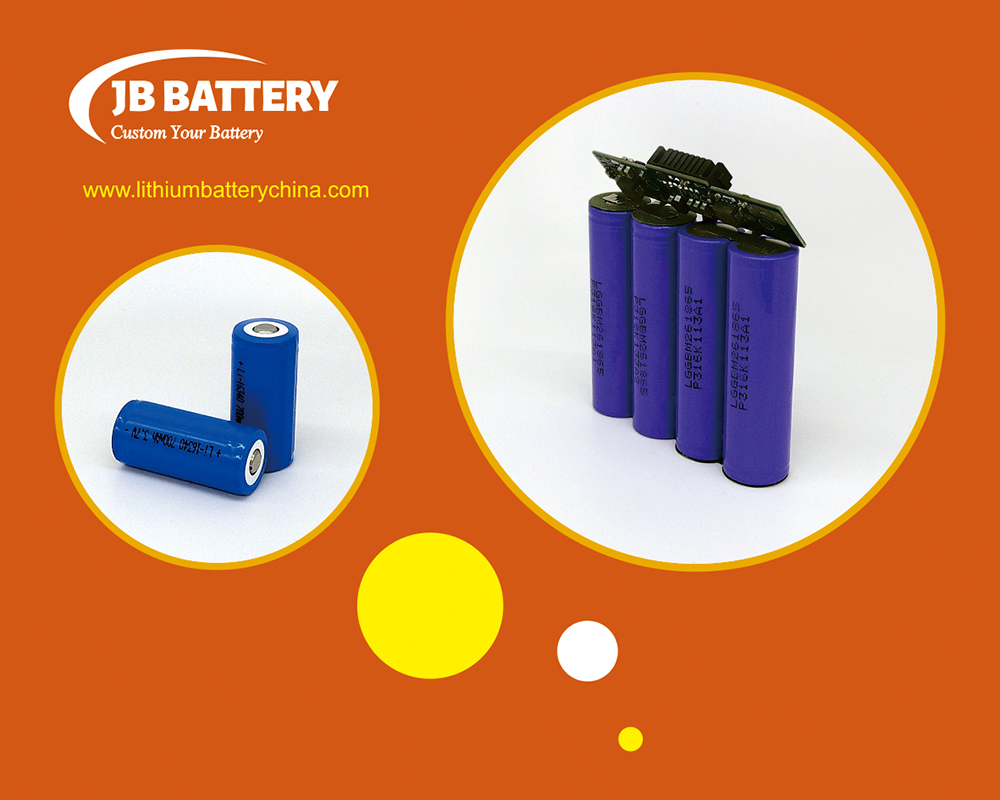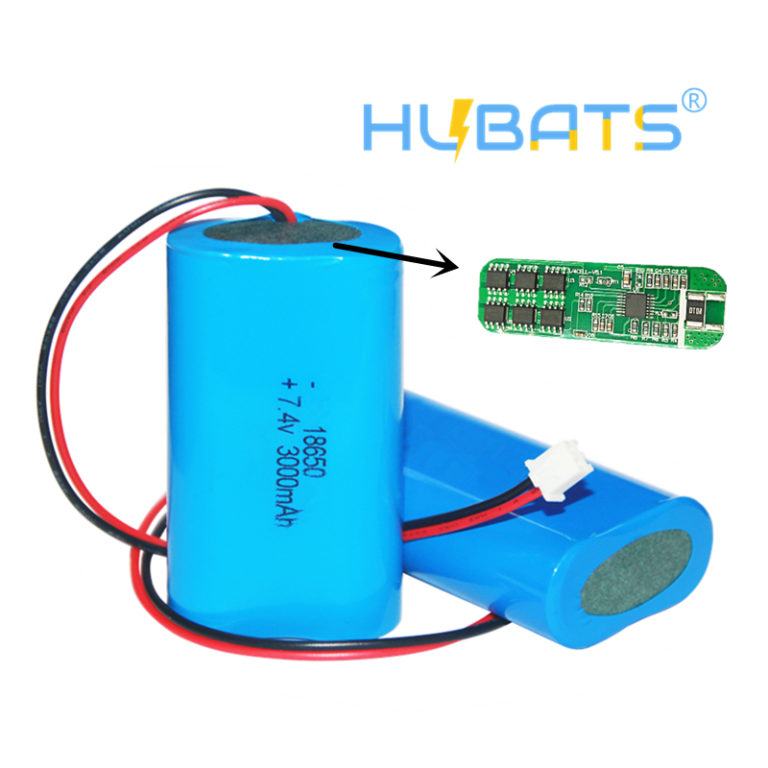

#LITHIUM ION BATTERY CARRY ON PORTABLE#
Spare batteries for portable electronic devices containing lithium ion batteries exceeding a Watt-hour rating of 100 Wh but not exceeding 160 Wh when carried for personal use. Non-spillable batteries are also known as wet filled with acid or alkali or gel-type batteries. If only the milliampere hours (mAh) are marked on the battery, then divide that number by 1000 to get ampere-hours (Ah). This information is often marked on the battery. You can arrive at the number of watt-hours your battery provides if you know the battery's nominal voltage (V) and capacity in ampere-hours (Ah) using this calculation - Ah x V = Wh. Since 20 respectively, manufacturers have been required to mark lithium ion batteries with the watt-hour rating. The watt-hour (Wh) rating is a measure by which lithium ion batteries are regulated. Lithium-ion batteries are generally found in mobile telephones, laptop computers, etc. Also included within lithium-ion batteries are lithium polymer batteries. Lithium-ion batteries (sometimes abbreviated Li-ion batteries)Ī type of rechargeable battery commonly used in consumer electronics.Lithium metal batteries are generally used to power devices such as watches, calculators and cameras. Generally non-rechargeable batteries that have lithium metal or lithium compounds as an anode. The term "lithium battery" refers to a family of batteries with different chemistries, comprising of many types of cathodes and electrolytes. The passenger must seek advice of the airline prior to travel. Guns designed for use in warfare are termed 'munitions of war' and are subject to additional requirements. details of them have been provided to the operator and.Passengers can carry guns designed solely for sporting purposes provided that:

Must not include ammunition with explosive or incendiary projectiles. If the classification is unknown, the passenger should obtain this information from the ammunition manufacturer or supplier. Only ammunition classified as UN0012 or UN0014 within Division 1.4S may be carried in checked baggage. Passengers must contact their airline in advance for clarification of the regulations, or when planning to travel with dangerous goods that require the airline’s approval when indicated in the tables below.Īmmunition (cartridges for weapons) securely packed in quantities not exceeding 5 kg gross mass per person for that person's own use.Īllowances for more than one person must not be combined into one or more packages. Additionally, airlines and security screening agencies have the right to refuse the carriage of certain items. Restrictions implemented by other countries in the interests of aviation security may further limit or forbid the carriage of some of the items listed in these pages. Larger containers may be placed in hold baggage or purchased after the security point, provided they comply with the dangerous goods limits in the links below. Please note that current UK aviation security regulations forbid the carriage of liquids (including aerosols and gels) in hand baggage through the passenger security point in containers larger than 100ml. The permitted dangerous goods may only be carried when for personal use. The following information is based on the current edition of the International Civil Aviation Organisation (ICAO) Technical Instructions for the Safe Transport of Dangerous Goods by Air.


 0 kommentar(er)
0 kommentar(er)
